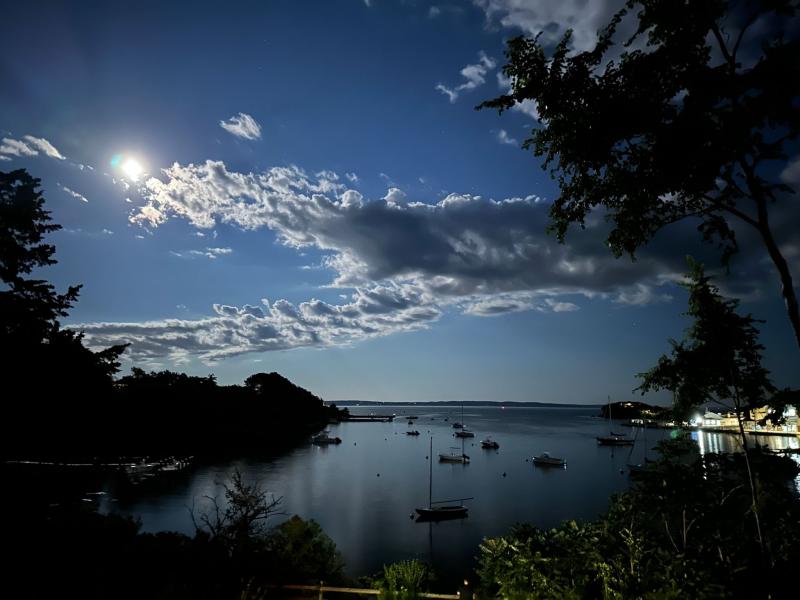
The Biology of Aging Course at the Marine Biological Laboratory in Woods Hole is a four-week intensive training session for upcoming researchers in the aging field. Matthew Harris and Stephen Treaster taught during the first session, lecturing and guiding experimental techniques in comparative genomics, zebrafish genetics, and clam development, to better understand the molecular mechanisms underlying the aging process.
Our intrepid students had the opportunity to test their own theories of aging in these experimental systems.

The entire Biology of Aging class and faculty of the first session of 2023.
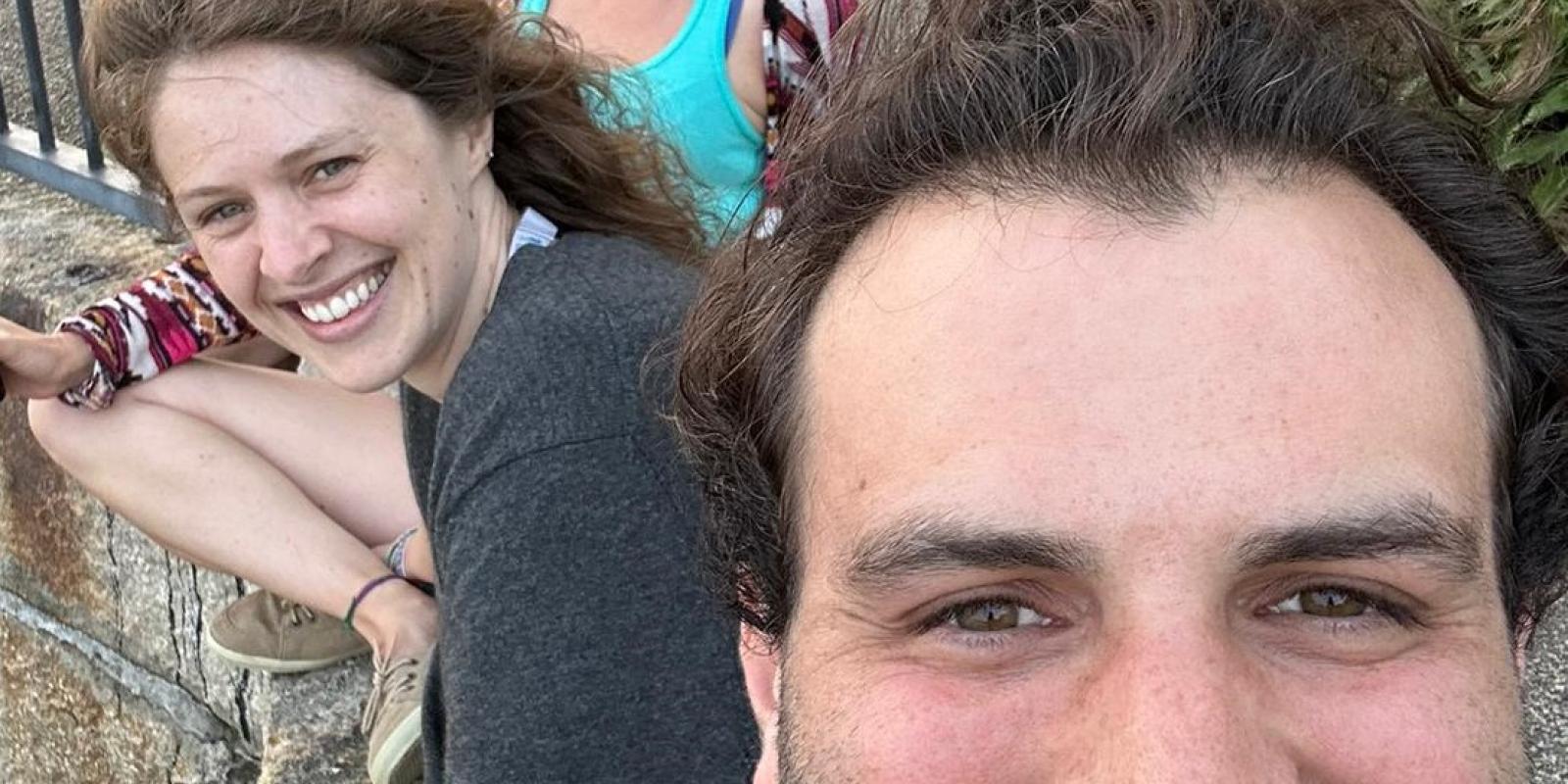
The clamtastic Harris Lab team enjoying a moment of relaxation between experiments. Back to front: Our fearless leader Matthew Harris, the two dynamic and intrepid students Slyvie and Janell, and post-doc instructor Stephen Treaser.

The team on the hunt for live clamples (clam samples) for comparative analyses of aging and developmental rates.
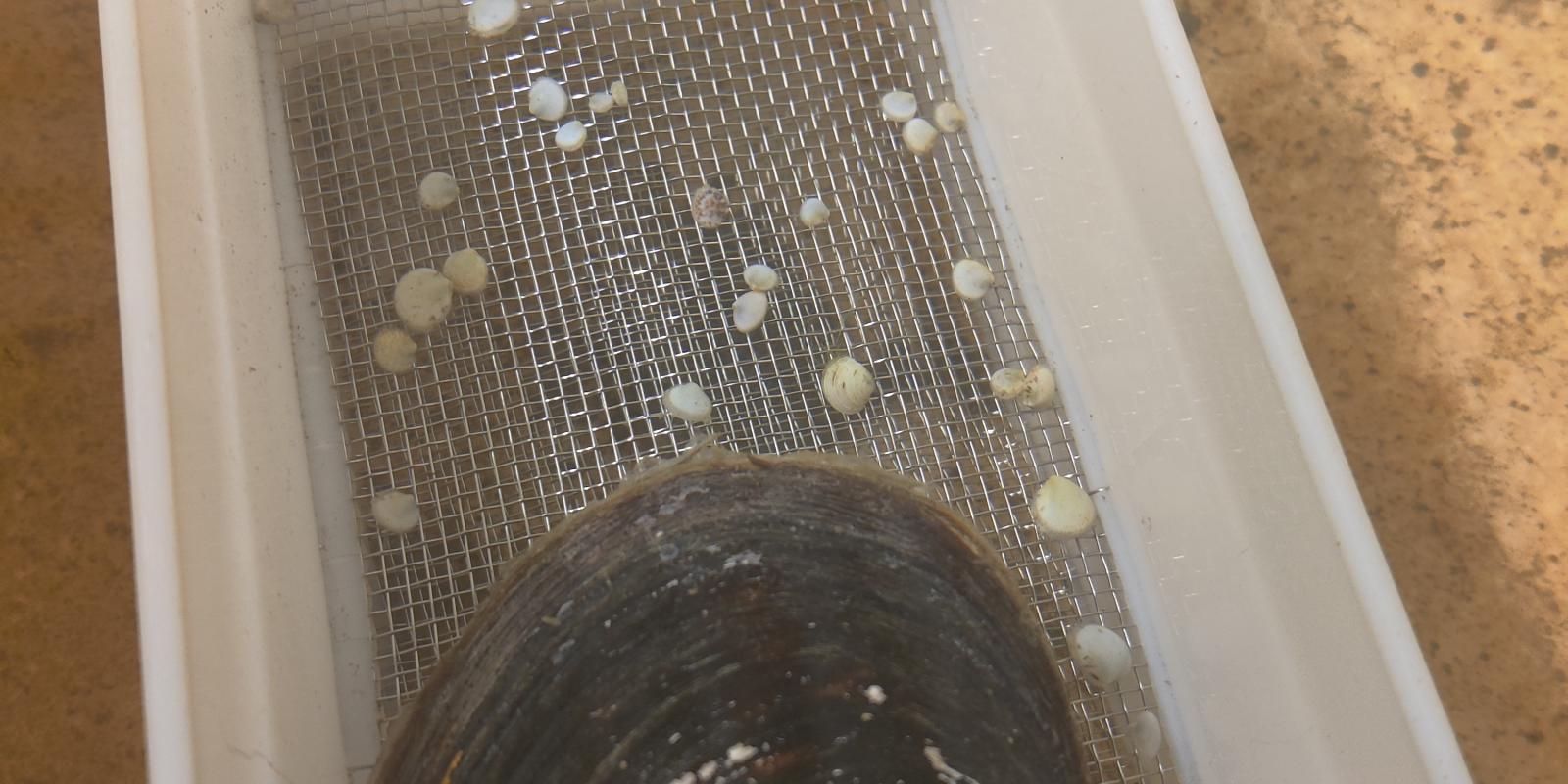
And we found some! The tiniest of clamples hand caught around the beaches of MBL. Perhaps a new short-lived aging model? Some of these species live only a year. Average A. islandica for scale: maximum lifespan ~250 years in this location.
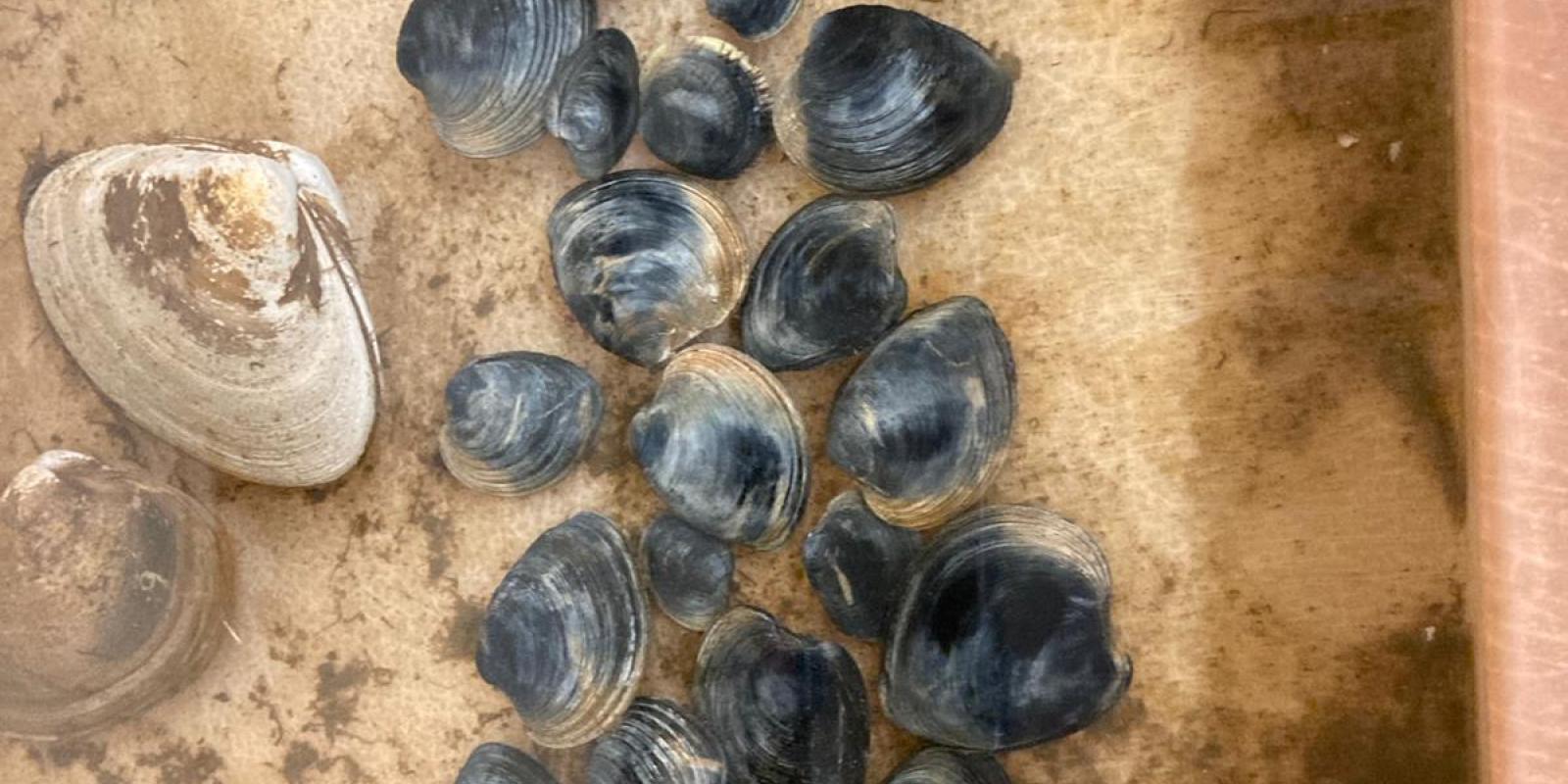
Slyvie tapped into her local connections and wrangled some fresh M. Mercenaria (hard clams), here in black. Maximum lifespan 80-100 years.
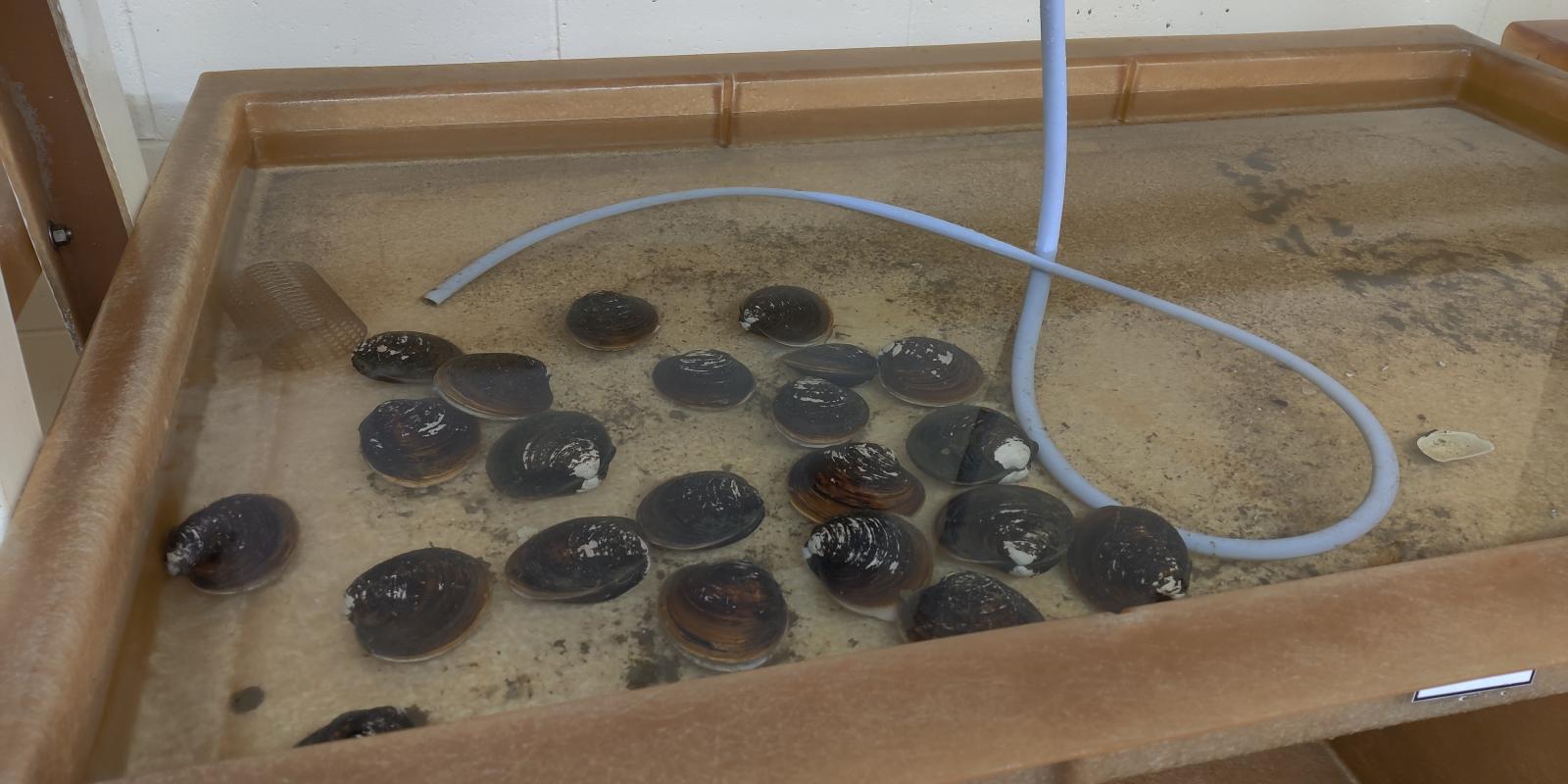
A batch of Arctica islandica (maximum lifespan ~250 years in this location) was generously donated by Atlantic Capes Fishery!

Clam shells provide great protection against many predators, but are less effective against curious scientists.
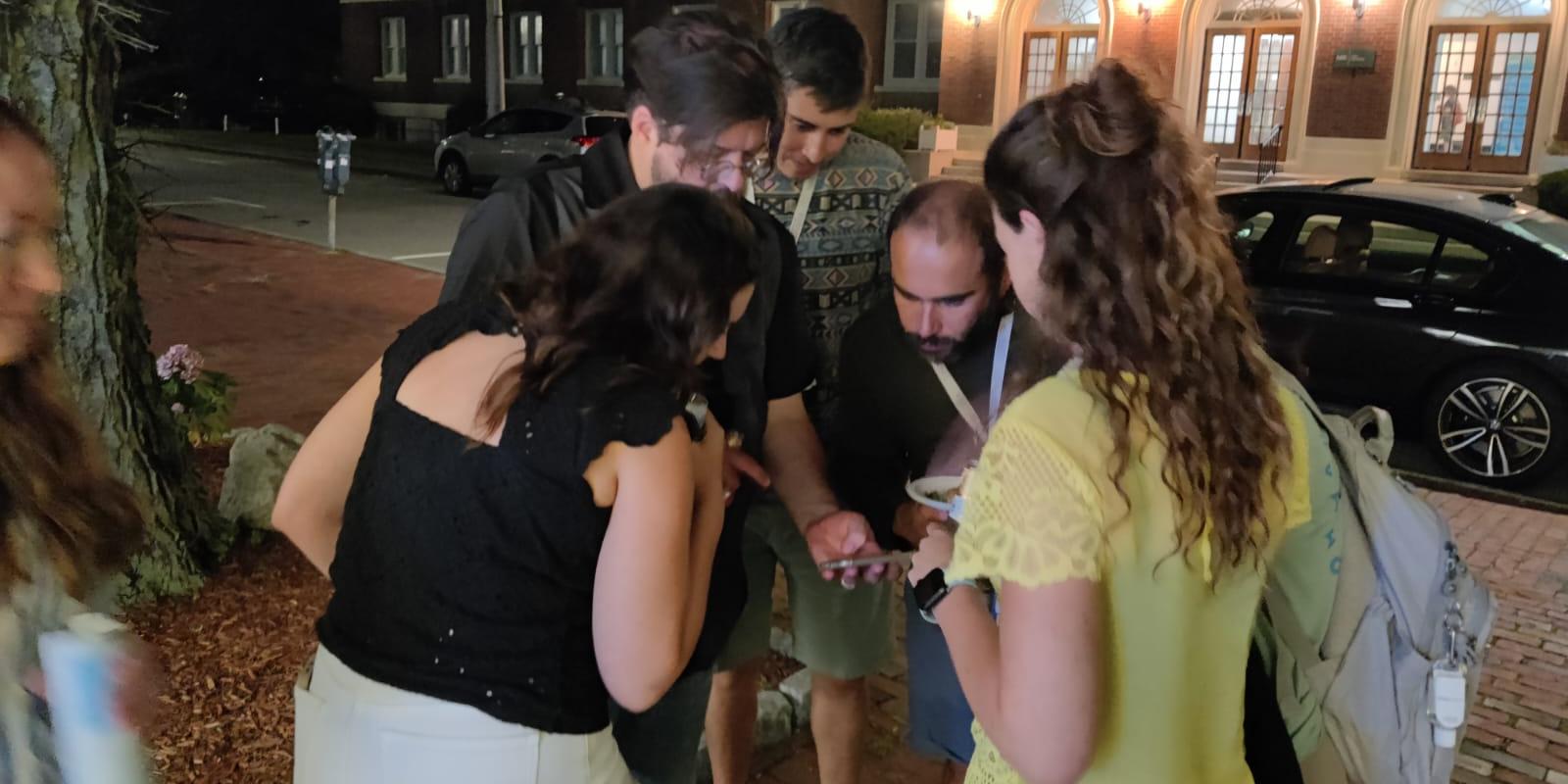
Videos of the induced clam spawning were a big hit amongst the class.
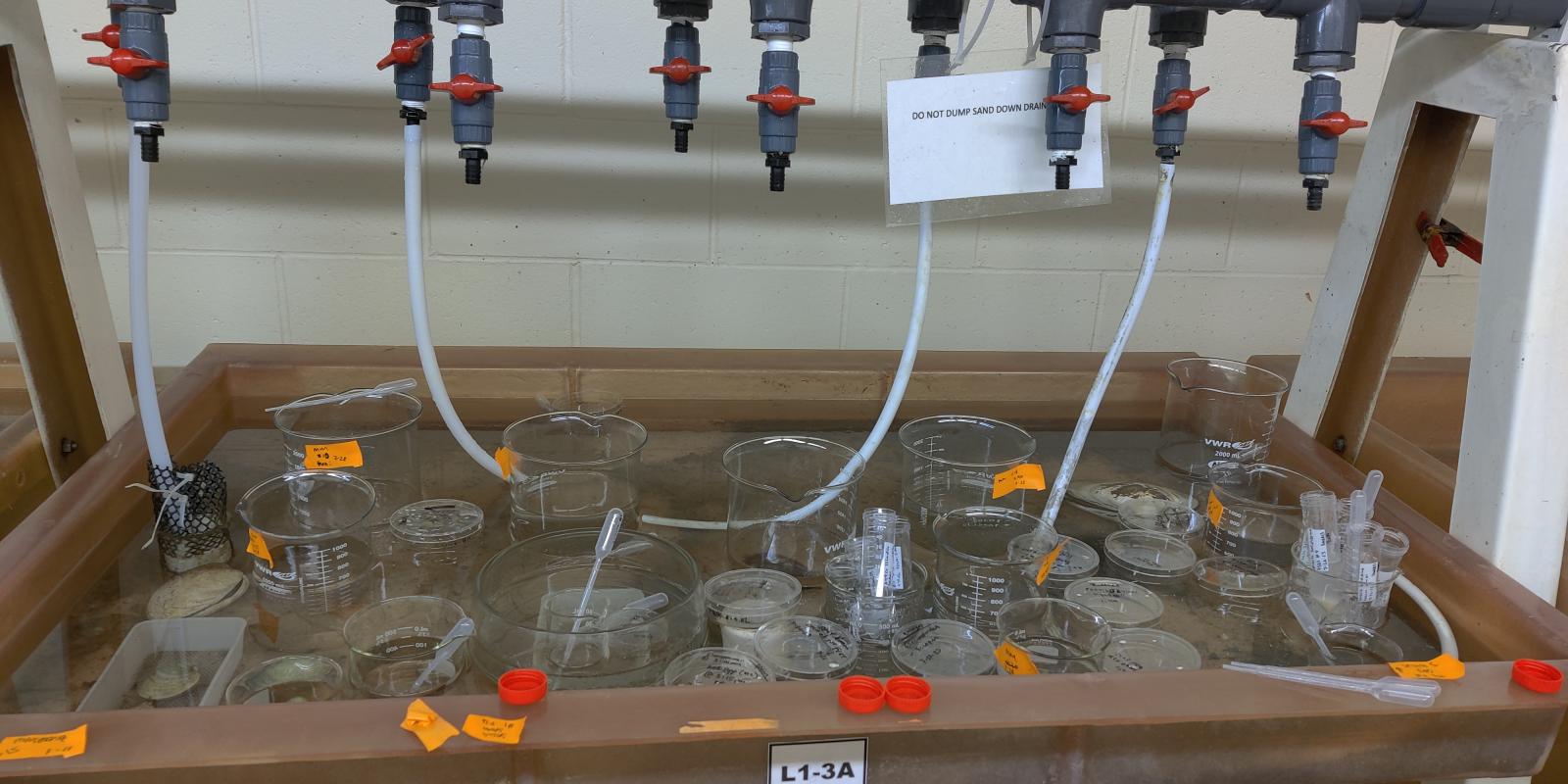
After a few days, we had an impressive collection of clam eggs and sperm from a variety of species with different lifespans.
Janell has a hunch that differences in clam longevities may hinge upon mitochondrial dynamics. Here are clam sperm stained with mitotracker, showing four mitochondria in red for each blue nucleus.
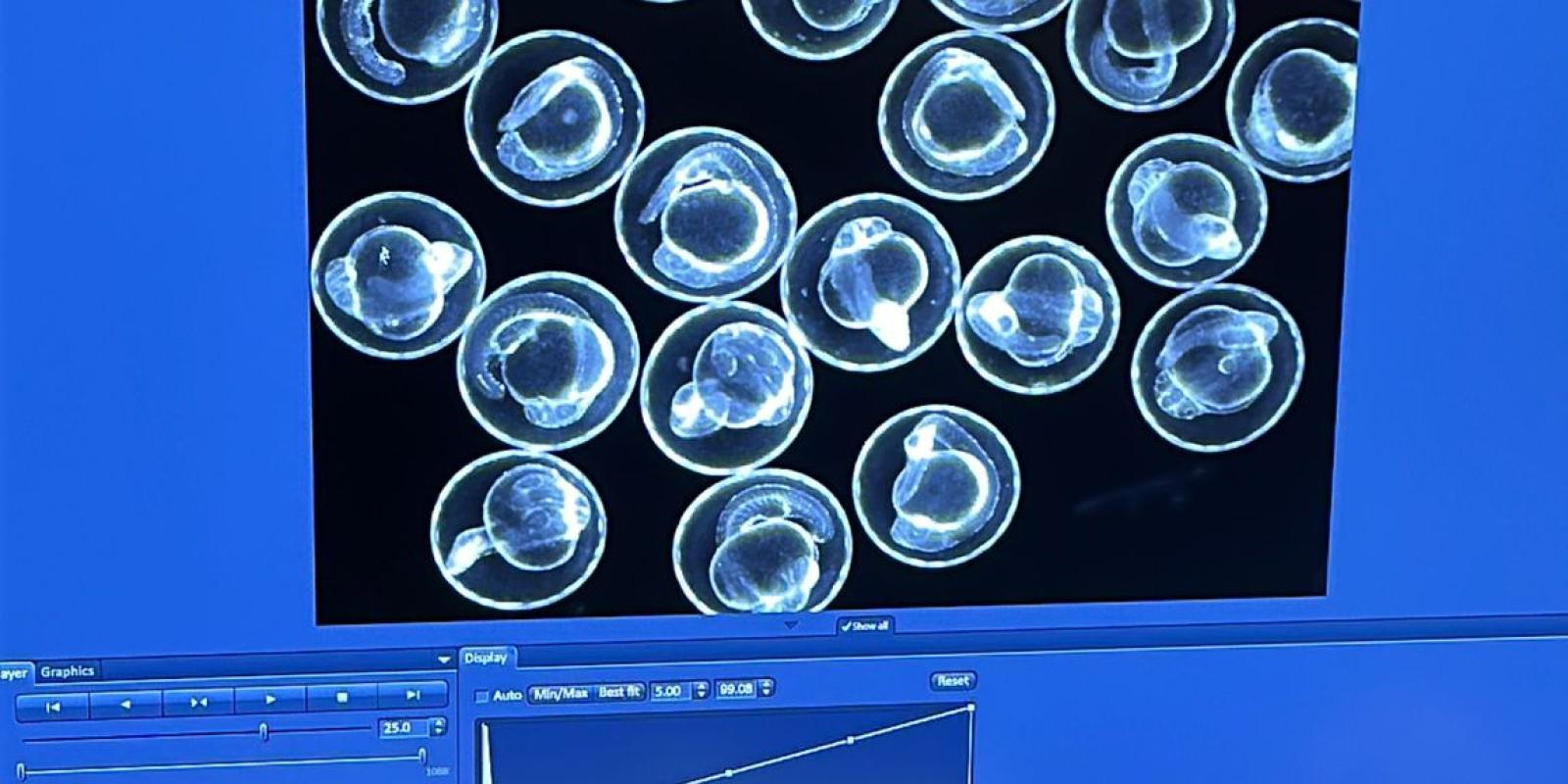
It wasn't all clams. The Harris team also worked on precocious aging zebrafish mutants, here as embryos.
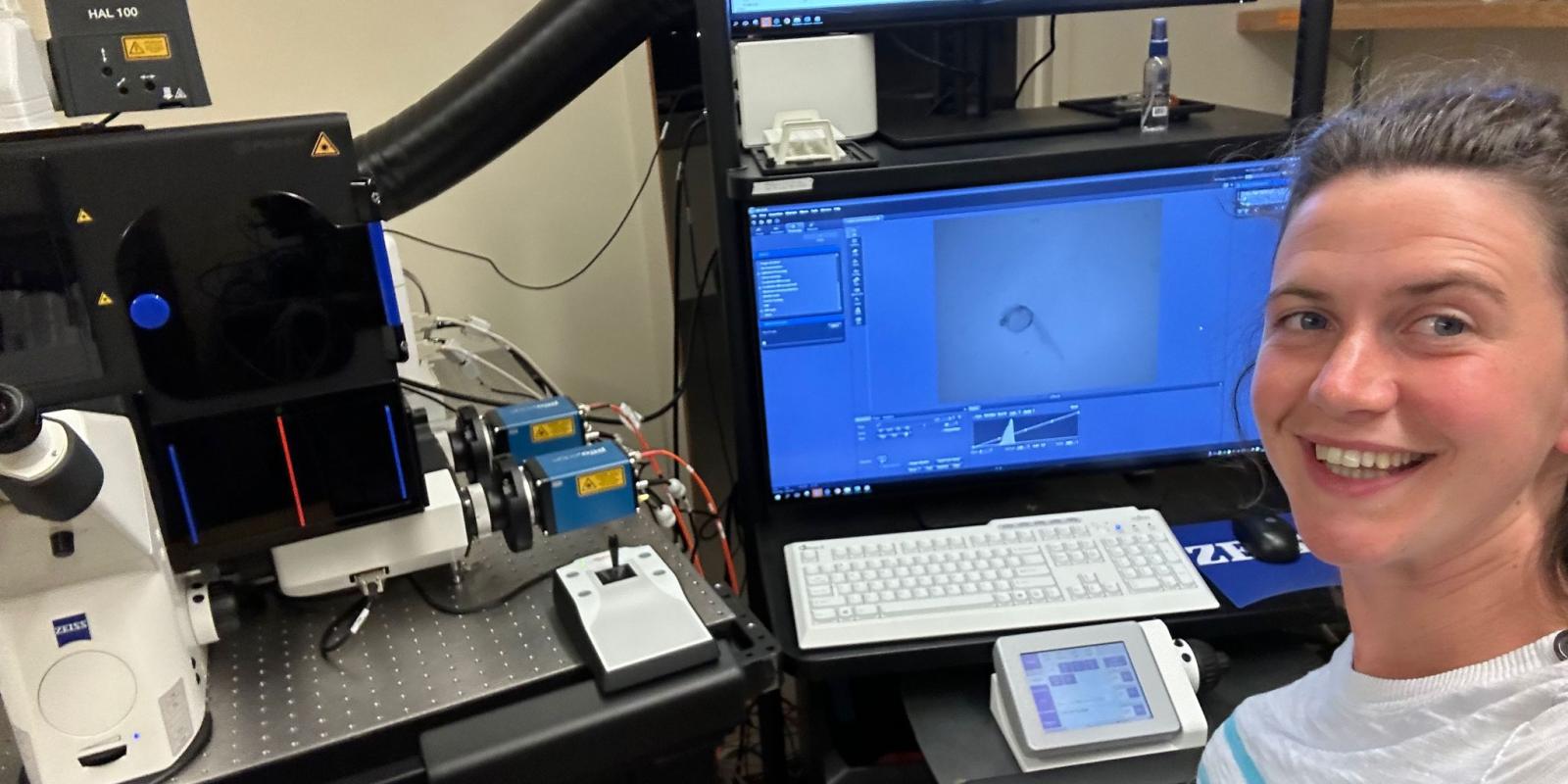
Sylvie analyzes larval zebrafish behavior in precocious aging mutants with and without [redacted].
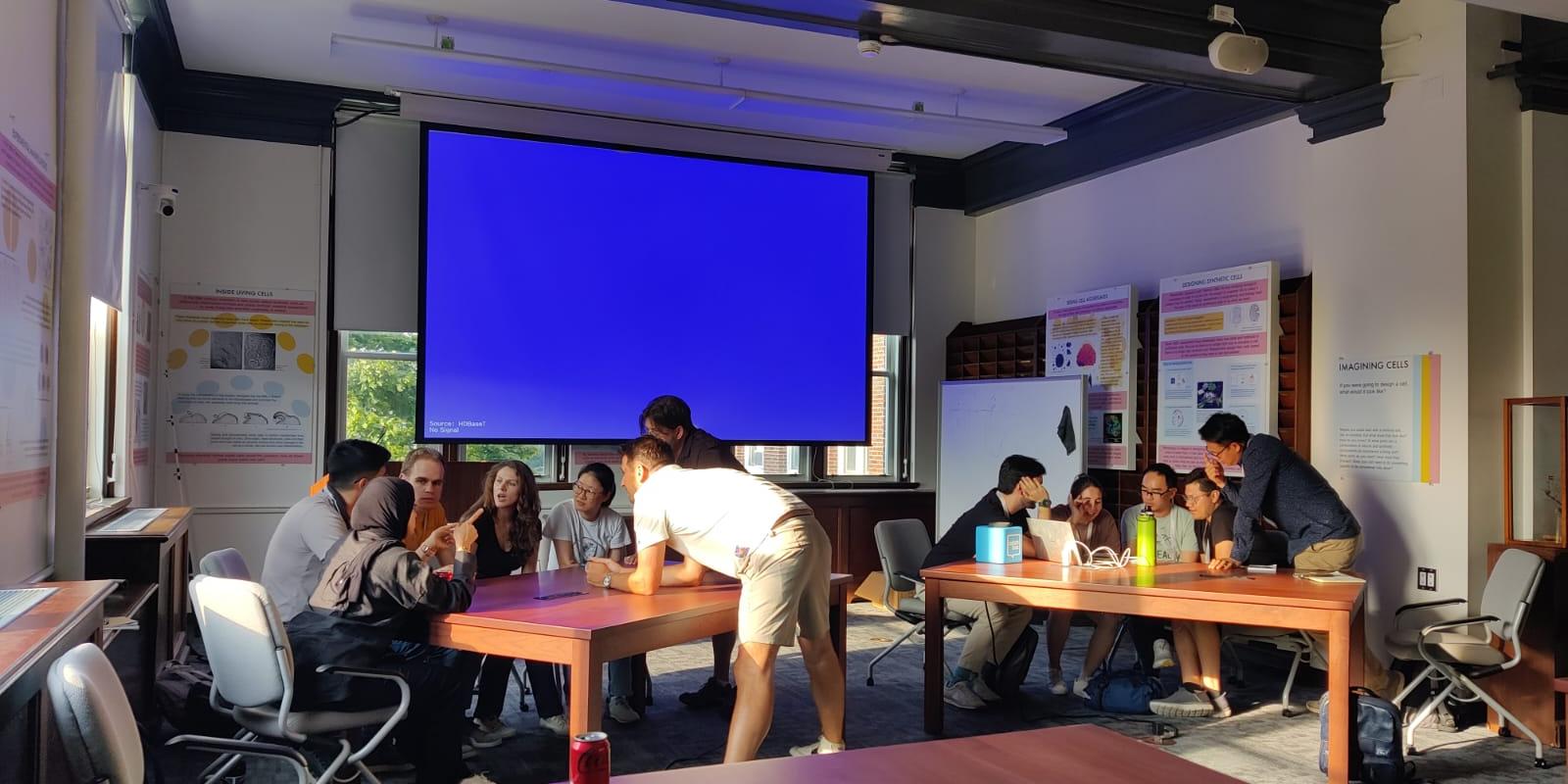
Is there a cap to human lonevity with intervention? Our debate team says 'no!' Here, the other side of the debate has used their only time out, giving our team coaches (Matthew Harris and William Mair) an opportunity for red zone strategies with the debaters.

Once Matt got a taste of clam science, he couldn't stay away. Here he is after the course hunder Wingaersheek Beach for additional clams to keep the clam research rolling.